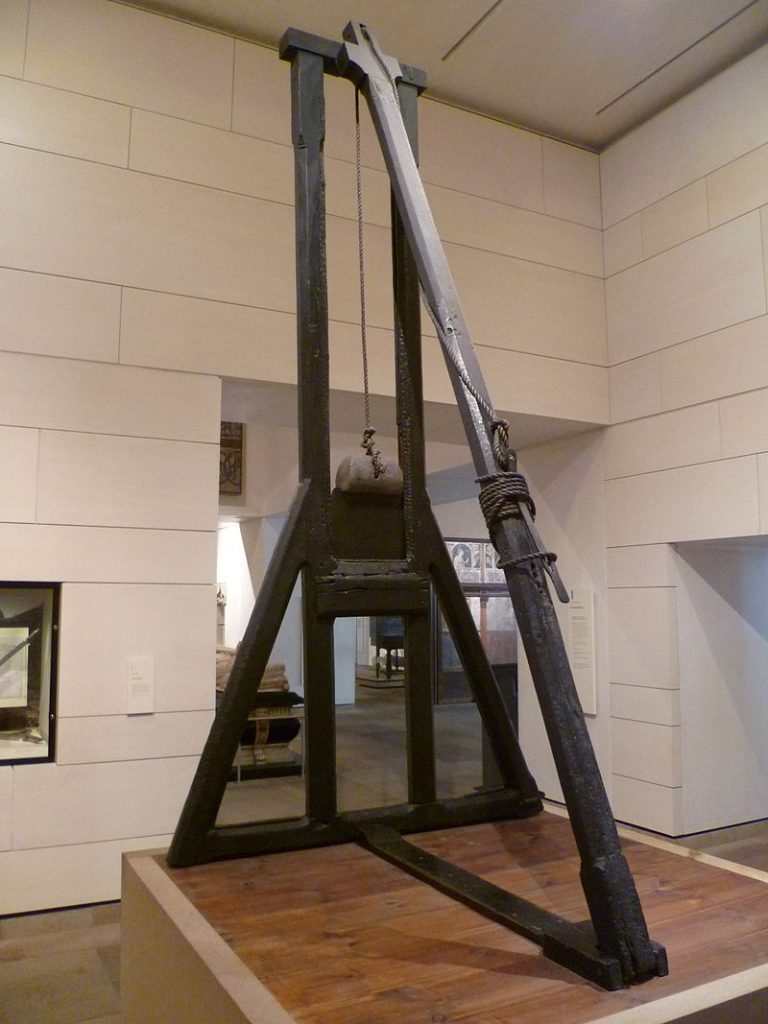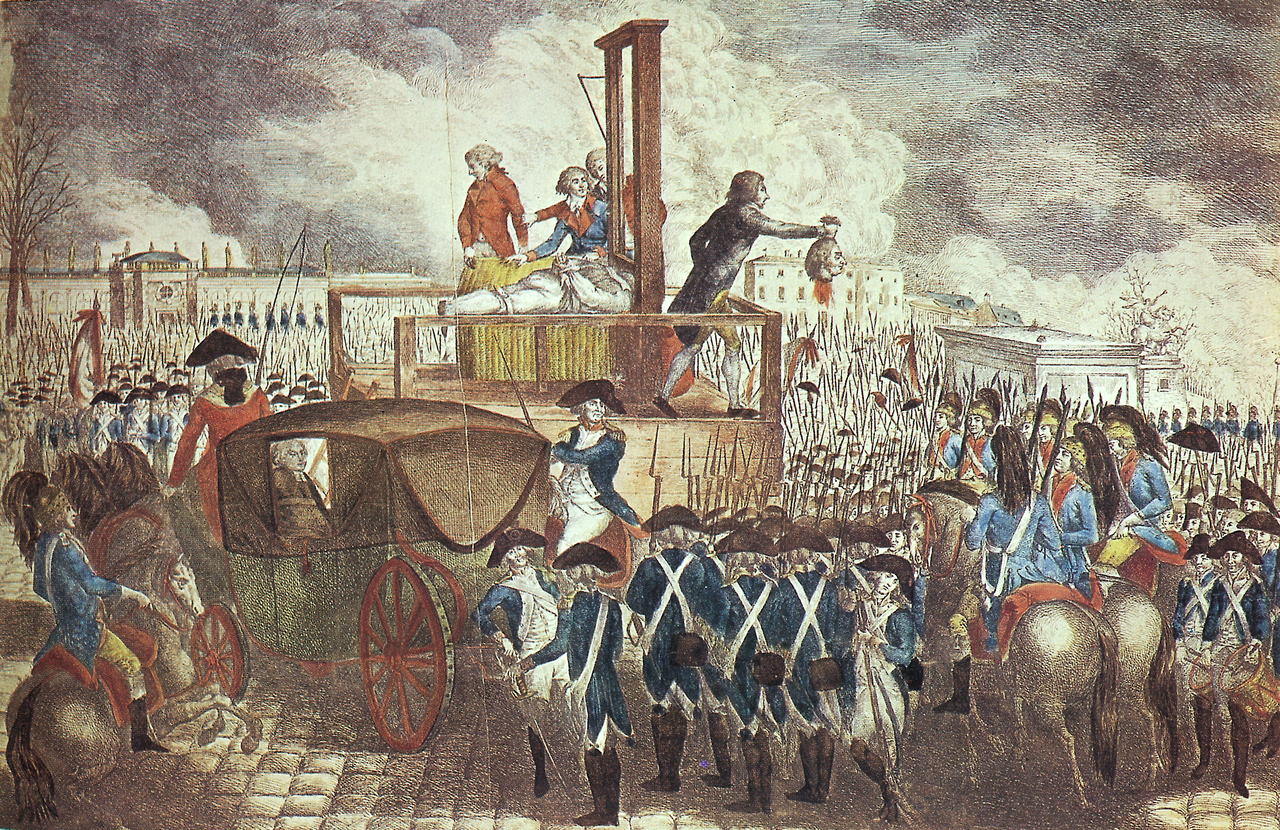In Russian and many other languages, the famous execution weapon received its name from the name of the French doctor Joseph Ignace Guillotin. But did he invent the guillotine?
The guillotine in our minds is inextricably linked with the Great French Revolution of 1789 and the terror that followed it. It was on the guillotine that King Louis XVI and his wife Marie Antoinette were executed. The main revolutionaries themselves soon became victims of the guillotine: Robespierre and Danton. The last time it was used in France was quite recently - in 1977. Similar devices were used in other European countries - for example, in Germany, Switzerland, Belgium and Greece. And although a variety of nicknames appeared among the people: “national razor”, “patriotic shortener”, “widow” - the name derived from the surname of the doctor Guillotin became generally accepted.
The very idea of a machine for cutting off the head of a person sentenced to death was invented long before the French Revolution. For example, a similar design described in a novel from the early 13th century. In the real world, the first prototype of the device appeared in the same 13th century in Britain, and a machine very similar to a guillotine called “Virgin” used in Edinburgh from 1565 to 1710. It can now be seen in the National Museum of Scotland.

After the revolution in France, there was a discussion about changing the method of execution towards a more humane one, because previously convicts were wheeled or hanged. Proponents of reform insisted that the purpose of execution was not to inflict pain, but to take life, and therefore the goal should be to minimize suffering. Decapitation with an ax or sword was too dependent on the skill of the executioner and often required several blows. A special committee headed by the royal physician Antoine Louis had to make the final decision on the reform.
It was Louis who is credited with creating the design of the device, and the prototype was constructed by Strasbourg court officer Lachiante and German engineer Schmidt. Ironically, according to some accounts, Louis XVI also gave his advice, recommending using an oblique blade instead of a crescent-shaped blade. On April 25, 1792, the guillotine was first tested in action - the robber Nicolas Jacques Pelletier was executed on it. By the way, at first the device was called Louisette - precisely by the name of its creator, Antoine Louis.
What does Guillotin have to do with it? The fact is that it was he who was one of the main supporters of the introduction of a more humane execution and the development of a special device for this. Another argument was the establishment of equality between all those executed, because previously peasants were hanged, and aristocrats were executed with the sword. They offered to use the car regardless of who was sentenced. On December 1, 1789, Guillotin gave a speech to the National Assembly, where he used the phrase “my machine” - apparently, this is where the tradition of calling such a device a guillotine began. The doctor's family was so embarrassed that they even asked the French government to rename the device.
Moreover, in general, Guillotin was completely opposed to the death penalty. He hoped that a painless beheading would make execution a much less popular pastime among onlookers. Contrary to another legendassociated with his name, Guillotin was not executed at all using the machine, the introduction of which he supported. He died of natural causes at a ripe old age in 1814.
Fake
Read on topic:
- https://en.wikipedia.org/wiki/Guillotine
- https://en.wikipedia.org/wiki/Joseph-Ignace_Guillotin
- John Wilson Croker History of the Guillotine
If you find a spelling or grammatical error, please let us know by highlighting the error text and clicking Ctrl+Enter.







